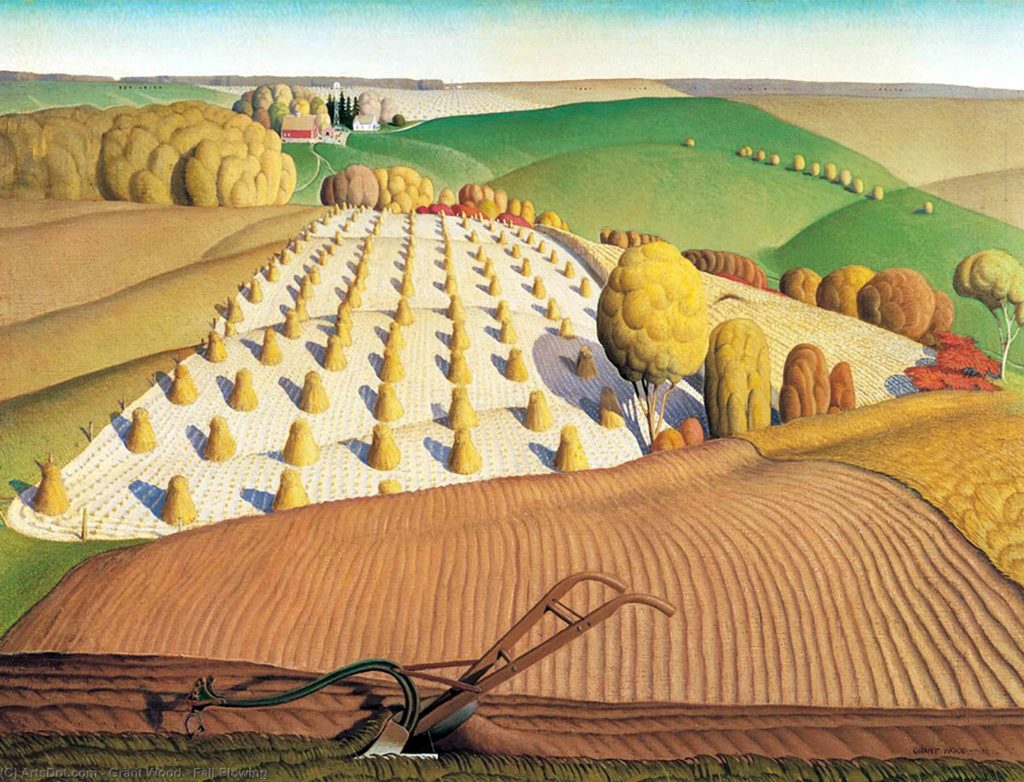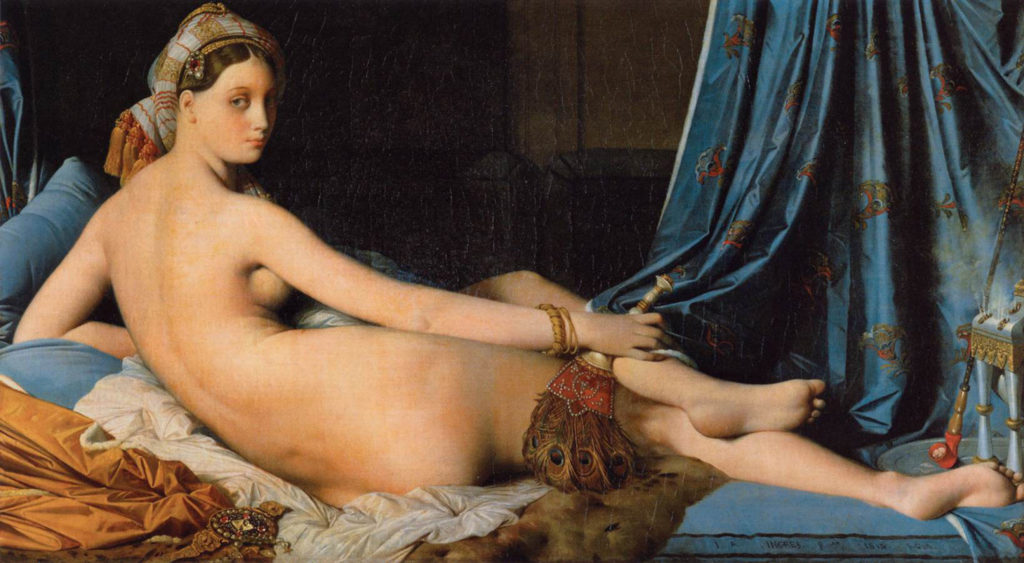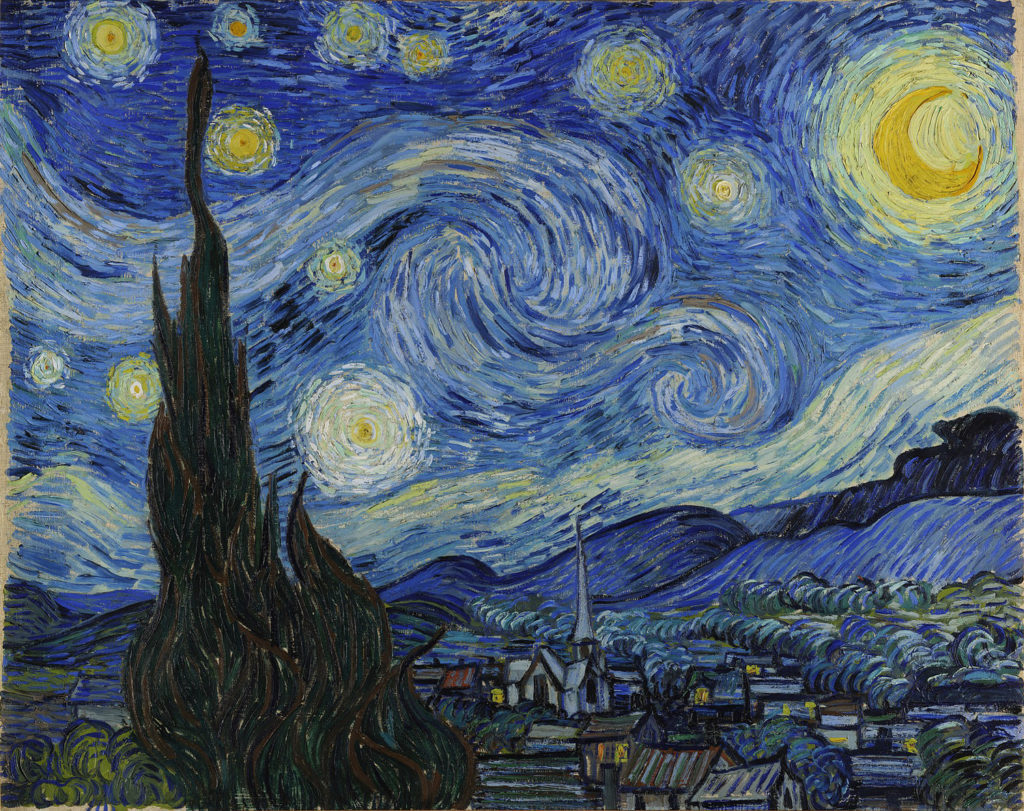The Rules That Govern How the Artist Organized Art Work

15 Essentials for Every Fine art Form
What if you had the keys to the artistic kingdom? With each of these essentials for making fine art, that is exactly what you take. Understanding and applying the edifice blocks of art (or the elements and principles of art, as they are often called) is what takes an artist from beginner to master.
In guild to understand, deftly critique, and practice your chosen art course, yous need to know the primal concepts that it is built upon. Familiarity with elements of art like colour and line and principles of art (proportion, rhythm, and dissimilarity among others) is what gives artists that fluency. With your knowledge of these, you will always be able to find the joy and excitement that tin can surroundings art…and for art lovers there is nix more appealing than that.
Elements of Art
Remember of the elements of art as the arrows in your quiver or tools in a toolbox. Y'all use them individually and in combination for whatever art making attempt. For the visual arts, these are visual elements: color, form, line, shape, space, texture, and value.
Colour
A three-pronged element of art: hue, value and intensity.
Hue is the color itself.
Value is the hue'due south lightness or darkness and changes when white or black is added to it.
Intensity is the aspect of brightness and purity of a colour. Loftier intensity colors are bold and vivid. Low intensity colors are faint and duller.

Fall Plowing by Grant Wood
Class
For painters and draftsmen, form is the element of art that renders a three-dimensional grade in two dimensions. In a lot of ways information technology is the heart of an art object — the form itself. It can enclose a book and includes height, width and depth. A cube, a sphere, a cylinder and a pyramid are all unlike forms. Forms can also be formless — bathetic and free-flowing.
Line
Marks made on a surface are known as line. They start at a point and move along, creating space as they become. Lines can be two- or three-dimensional, describing form or the grade itself, implied, or abstruse. Creating a series of parallel lines to indicate form is a technique known ashatching.Crosshatching indicates more than than 1 fix of these lines laid overtop of each other at angles to model and bespeak tone.
Shape
The chemical element of fine art that is 2-dimensional, flat, or limited to superlative and width. Usually a shape is enclosed.
Space
Infinite is the element of fine art through which both positive and negative areas are defined or a sense of depth is achieved in a work of art.
Texture
Texture defines the way an fine art object or an chemical element in a composition feels or looks every bit if it would experience if touched.

Yard Odalisque by Jean Auguste Dominique Ingres
Principles of Art
If the elements of fine art are your tools, the principles of fine art arehow you put them to work. Information technology is where the way of art manipulates its substance. Rhythm, harmony, residuum, dissimilarity, motion, proportion, and diverseness are the principles of art.
Rhythm
This principle of art describes the movement in or of an artwork. Rhythm is created by the multifariousness and repetition of elements in a work of art that come up together to create a visual tempo or beat.
Harmony
This is accomplished when the elements of an artwork come together in a unified mode. Sure element are repeated yet yet look and feel similar. Non monotony and not chaos, harmony is that perfectly honed combination of both.
Balance
Artists combine elements to add a feeling of equilibrium or stability to a work of art. Symmetry and asymmetry are manifestations of balance.

Starry Dark by Vincent van Gogh
Dissimilarity
Areas of contrast are where a viewer's eye are commonly first drawn. Artists will combine elements to stress the differences between those elements.
Movement
Movement is used to create the await and feeling of action in an artwork. Information technology guides the viewer's eye throughout a piece. A sense of movement can be varied lines, repetition of elements, and gestural mark-making amid many more than.
Design
This is the uniform repetition of an chemical element of art or combination of elements. Annihilation can exist turned into a pattern through repetition.
Proportion
Within the realm of the elements and principles of art, proportion is the relationship of elements in an artwork to the whole and to one another.
Variety
The principle of art concerned with multifariousness or contrast is that of diversity. Multifariousness is brought about by using different colors, sizes and shapes in a work of art. It is the partner of unity. Artists seek the balance between the 2.
More Elements and Principles of Fine art
If this guide has been a refresher in the very best of ways, and so y'all know you are ready for the next stride of your art journey. Put the elements and principles of art into practice in your next artwork. Brand it your all-time—and something you are proud of.
Interested in painting? Check out this video with Nancy Reyner, where she walks through a process of self-critique and improvement.
Source: https://www.artistsnetwork.com/art-techniques/composition/15-elements-and-principles-of-art/
Post a Comment for "The Rules That Govern How the Artist Organized Art Work"